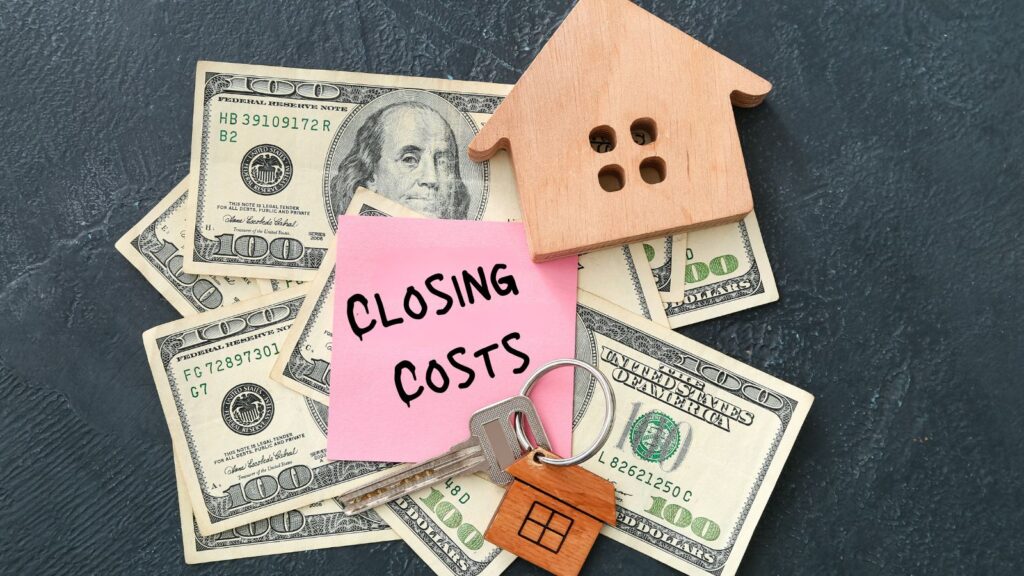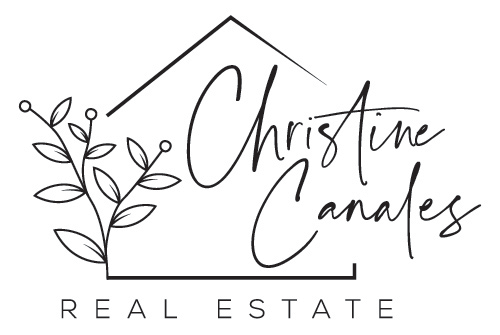Closing on a house is an exciting milestone, but it’s also a process that comes with financial commitments beyond the purchase price. These additional costs, known as closing costs, can surprise buyers who aren’t fully prepared. Understanding what these expenses entail ensures you can plan your budget confidently and avoid last-minute stress. Let’s dive into the various components of closing costs, what to expect, and how to manage these fees as you step closer to homeownership.

Understanding Loan-Related Fees
One of the most significant portions of closing costs relates to the loan itself. These fees often begin with loan origination charges, which cover the lender’s administrative work in processing your mortgage. Typically, this fee ranges from 0.5% to 1% of the loan amount. In addition, lenders often require payment for a credit report, usually around $30 to $50, and a property appraisal, which costs $300 to $600 on average.
Another potential cost is the mortgage discount point. Buyers can pay this optional fee to lower their interest rate, with one point equating to 1% of the loan amount. While this adds to upfront costs, it can save money in the long run by reducing monthly payments.
Prepaid interest is also part of loan-related fees. Depending on the timing of your closing date, you might owe interest from the closing day to the first day of your loan payment cycle. These expenses ensure your loan is finalized and ready to fund your new home.
Additionally, lenders may require private mortgage insurance (PMI) for buyers putting down less than 20% of the purchase price. While PMI typically becomes part of monthly payments, some lenders require an upfront premium at closing, which can range from 0.5% to 1% of the loan amount.
Understanding these charges can help you evaluate lender estimates and decide which loan offers the best terms for your budget. Always ask your lender for a detailed explanation of their fees to avoid surprises at the closing table.
Title and Escrow Fees
Title and escrow fees are vital to ensuring a smooth property transfer. These charges cover the work of verifying that the seller has clear ownership of the property and facilitating the legal transfer to the buyer.
The title search fee, often between $200 and $400, compensates the title company for researching the property’s history to ensure no liens, unpaid taxes, or legal disputes could jeopardize the transfer. Title insurance is another critical component, with separate policies for the lender and the buyer. The lender’s mandatory policy typically costs about $500 to $1,000, while an owner’s policy—optional but highly recommended—varies based on the home’s purchase price.
Escrow fees, generally split between buyer and seller, cover the neutral third-party services that manage funds and documents during the transaction. Depending on your location, this fee ranges from $500 to $2,000.
Some additional costs might include notary fees or courier fees, both of which are relatively small but necessary for executing and delivering documents. While these charges might seem minor, they ensure the accuracy and security of your paperwork during this complex process.
While these costs add up, they provide security and assurance that the property you’re buying is free of complications. Review the title and escrow details carefully to confirm you’re protected throughout the process.
Government-Imposed Costs
Government-related expenses are unavoidable in any real estate transaction, encompassing recording fees, transfer taxes, and property taxes. Recording fees, usually $50 to $250, allow local governments to document the sale and officially update property records.
Transfer taxes vary widely based on location and home value. Some states or municipalities impose a flat rate, while others calculate the tax as a percentage of the purchase price. On average, this cost can range from a few hundred dollars to several thousand.
Additionally, property taxes might need to be prorated between buyer and seller. If the seller has prepaid taxes for the year, the buyer reimburses their portion at closing. Conversely, if taxes are unpaid, the seller may owe the buyer. These calculations ensure a fair division of tax responsibilities.
Buyers should also consider potential special assessments levied by local governments, such as fees for community improvements or infrastructure projects. While less common, these expenses can be significant and are typically disclosed during the transaction.
These fees, though mandated, underscore the importance of proper documentation and legal compliance in property transactions. Knowing these costs in advance helps avoid sticker shock and ensures the transaction adheres to local laws.
Homeowner-Related Costs
In addition to loan and government fees, buyers face homeowner-specific costs during closing. These expenses often include inspections, insurance, and HOA fees, each vital to securing your investment.
Inspections, such as general home inspections, termite inspections, or radon tests, are essential for uncovering potential property issues. The costs vary depending on the type of inspection but generally range from $300 to $700. These assessments ensure you’re fully informed about the home’s condition before finalizing the deal.
Homeowners insurance is another necessity. Many lenders require proof of an active policy before closing. The upfront cost of the first year’s premium—typically $800 to $1,200—must be paid at closing. Buyers may also need to prepay several months of coverage into an escrow account.
For properties within a homeowners’ association (HOA), prorated HOA dues or initiation fees may apply. These ensure the seller and buyer share responsibility for maintaining community standards and amenities.
Additional costs might include final utility readings and setup fees for services like electricity, water, and internet. Being proactive about these costs helps ensure a smooth transition into your new home.
Factoring in these homeowner-specific costs provides a complete picture of your financial commitment when closing on a property.
Prepaid Expenses and Reserves
Prepaid expenses and reserves represent another essential layer of closing costs, encompassing payments made in advance for items like taxes, insurance, and interest. These amounts are deposited into an escrow account to ensure future obligations are met on time.
For property taxes, lenders often require an upfront payment of three to six months’ worth of taxes to fund the escrow account. This reserve allows the lender to pay taxes on your behalf when due. Similarly, lenders typically collect two to three months’ worth of homeowners insurance premiums to ensure uninterrupted coverage.
Prepaid interest is another factor. Depending on your closing date, you’ll pay interest from the day of closing until the start of your first full mortgage payment. The closer your closing date is to the end of the month, the less interest you’ll owe.
In addition, some lenders may require reserves for flood insurance or mortgage insurance premiums, depending on your loan and property location. These additional escrow deposits ensure the ongoing stability of your financial obligations.
These reserves provide peace of mind, ensuring your financial obligations are met seamlessly, even in the early stages of homeownership. While they add to upfront costs, they help prevent unexpected surprises later.
Negotiating and Managing Closing Costs
While closing costs are inevitable when buying a home, there are strategies to reduce their financial impact. One option is to negotiate with the seller to cover a portion of these expenses. Known as seller concessions, this agreement can be particularly helpful in balancing your budget.
Another strategy involves shopping around for services like title insurance or inspections. Comparing quotes allows you to select providers that offer competitive rates without compromising quality. Lenders are also required to provide a Loan Estimate form, which outlines expected costs. Reviewing this document carefully can help you identify potential savings.
Buyers should also ask about lender credits. Some lenders offer credits to offset closing costs in exchange for a slightly higher interest rate. This option reduces upfront expenses but increases monthly payments, so it’s important to weigh the trade-offs.
Finally, timing your closing date strategically can minimize prepaid interest costs. Closing closer to the end of the month reduces the number of days you’ll owe interest before your first mortgage payment is due.
Understanding these strategies will equip you to minimize expenses where possible, making the closing process less financially daunting.
Contact Me for Guidance
Navigating the closing process requires careful planning and attention to detail. When you’re ready to buy, I’m here to guide you through each step and help you prepare for the costs involved. Contact me today to make your journey to homeownership smooth and stress-free.


